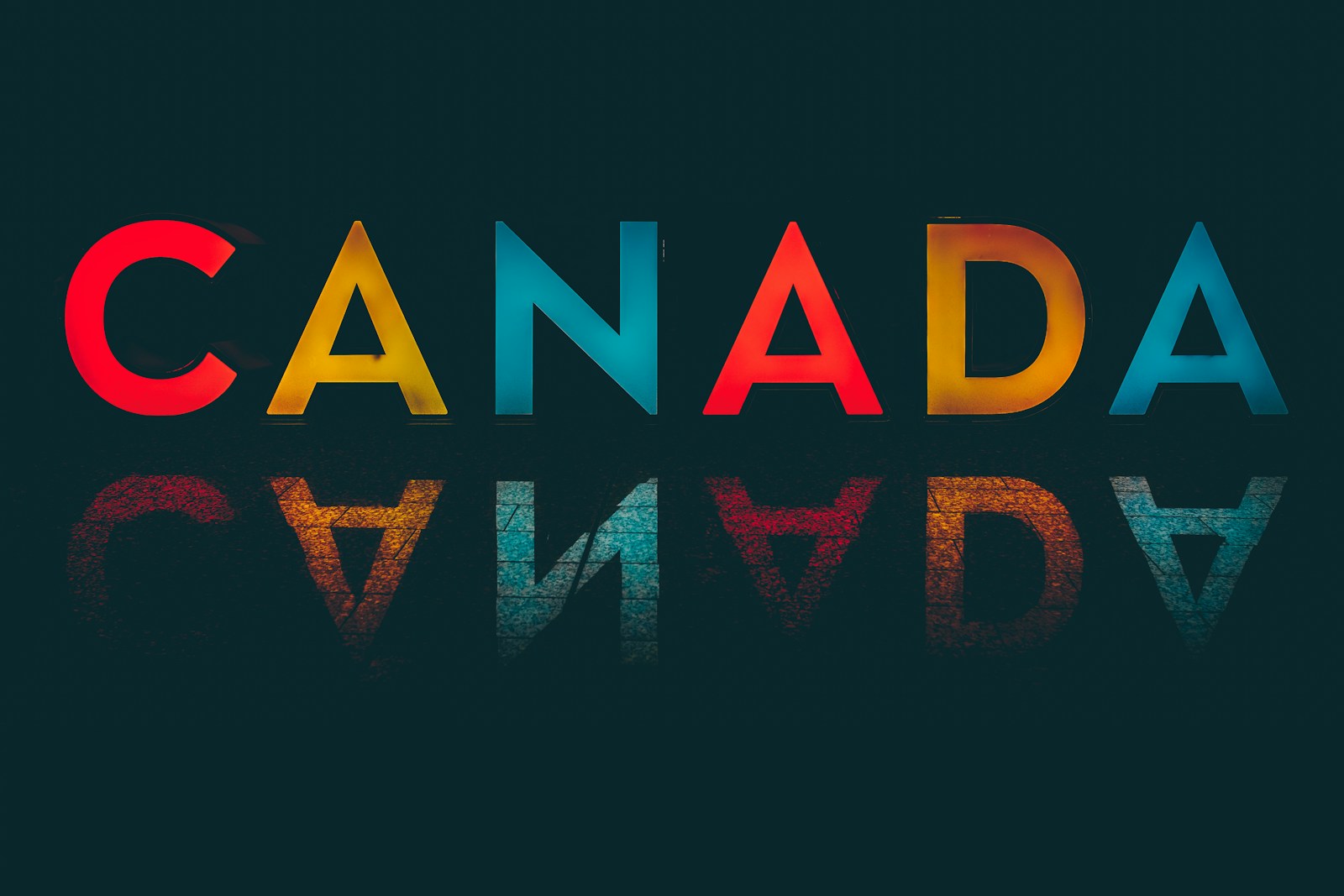Planning a trip to Canada to see the Northern Lights, visit family, or explore cities like Toronto or Vancouver? You’ll likely need a Canadian Visitor Visa, also known as a Temporary Resident Visa (TRV). This guide breaks down the application process in a clear, straightforward way to help you prepare. I’ve spent years researching and sharing visa advice, and I’m here to walk you through each step as if we’re discussing it over a friendly chat. Let’s get started.
What Is a Canadian Visitor Visa?
A Canadian Visitor Visa (TRV) is a document that allows foreign nationals from certain countries to enter Canada for a temporary stay, typically up to six months. It’s required for travelers from countries that don’t have a visa-exempt agreement with Canada. The visa is usually a stamp or sticker in your passport, issued by Immigration, Refugees and Citizenship Canada (IRCC).
Why focus on the term “Canadian Visitor Visa”? It’s the exact phrase many travelers search for when planning a trip to Canada. Understanding it means knowing it’s for short-term visits—tourism, family visits, or business meetings not for working or studying long-term. It’s a single- or multiple-entry visa, depending on what the IRCC grants, and it’s tied to your passport’s validity. Clear on that? Let’s move to the steps.
Step-by-Step Guide to Applying
Here’s how to apply for a Canadian Visitor Visa, explained simply with tips from real experiences.
Step 1: Confirm You Need a Visa
Not everyone needs a TRV. Citizens of countries like the US, UK, or Australia can enter Canada with an Electronic Travel Authorization (eTA) or visa-free. Check the IRCC website to see if your country requires a visitor visa. You’ll also need a valid passport (valid for at least six months beyond your planned entry date).
Tip: A colleague once assumed she didn’t need a visa because she had an eTA for a previous trip. Always confirm your country’s status for your specific travel dates.
Step 2: Gather Required Documents
You’ll need to submit several documents to prove your eligibility. Here’s a checklist:
| Document | Details | Why It Matters |
|---|---|---|
| Application Form (IMM 5257) | Download from IRCC; fill out accurately. | Your formal request to enter Canada. |
| Passport | Valid with at least one blank page. | Required for the visa stamp. |
| Photos | Two recent photos (35x45mm, white background). | For visa processing; must meet IRCC specs. |
| Proof of Funds | Bank statements, pay stubs (last 3-6 months). | Shows you can support yourself (~CAD$100/day). |
| Travel Itinerary | Flight bookings, hotel reservations. | Confirms your travel plans and intent to leave. |
| Purpose of Visit | Invitation letter, tour plan, or event details. | Explains why you’re visiting. |
| Ties to Home Country | Job letter, property documents, family details. | Proves you’ll return home after your visit. |
| Travel History | Copies of previous visas, entry/exit stamps. | Shows compliance with past visa rules. |
Tip: Organize documents in a clear order. One applicant I know was asked for extra proof because her bank statements were outdated. Use documents from the last three months.
Step 3: Submit Your Application
You can apply online (preferred) or on paper through a Visa Application Centre (VAC). Online is faster and lets you track progress via your IRCC account.
- Online Process: Create an IRCC account, upload documents, and pay the fee (CAD$100 for the visa, plus CAD$85 for biometrics if required).
- Paper Process: Submit at a VAC; check for additional service fees.
- Biometrics: Most applicants aged 14-79 need to provide fingerprints and a photo at a VAC or designated center.
Tip: Apply at least 2-3 months before your trip. Processing times vary (2-8 weeks), depending on your country and application volume.
Step 4: Attend an Interview (If Required)
Interviews are rare but may be requested if the officer needs clarification. You’ll be asked about your travel plans, finances, and ties to your home country. Be honest, concise, and bring all documents.
Tip: A friend practiced answers like, “I’m visiting my sister in Ottawa for two weeks,” and brought her sister’s invitation letter. It helped her stay calm and clear.
Step 5: Wait for a Decision
You’ll get a notification via your IRCC account or by mail. If approved, your passport will be stamped with the visa. Check the validity dates and entry type (single or multiple). If denied, you’ll receive a letter explaining why—often due to insufficient ties or funds. You can reapply with stronger documents.
Tip: Don’t book non-refundable flights until your visa is approved. One reader lost $500 because she booked too early.
Costs to Expect
Here’s a rough breakdown:
- Visa Fee: CAD$100
- Biometrics (if needed): CAD$85
- Document Prep (photos, translations): CAD$50-150
- Travel to VAC: Varies
- Total: ~CAD$200-400
If you hire a consultant, add CAD$500-1,500, but most applicants can handle this themselves with careful preparation.
Common Mistakes to Avoid
- Incomplete Applications: Missing even one document can lead to refusal.
- Weak Ties: If you’re unemployed or lack property, include a detailed letter explaining your return plans (e.g., job offer waiting).
- Overstating Plans: Saying you’ll stay six months for a “vacation” raises red flags. Keep it realistic.
- Ignoring Biometrics: Book your appointment early; delays here slow everything down.
A reader once shared she was denied because her bank balance was too low. She reapplied with a sponsor’s letter and got approved.
Making Your Trip Happen
Once approved, you’re set to explore Canada! The visa allows up to six months per visit, but border officers decide your stay length at entry. Always carry your return ticket and proof of funds when arriving.
For inspiration, check out posts on X about Canada’s must-see spots, like Banff or Niagara Falls. Stay updated on IRCC changes, as rules can shift. Got questions? Drop them in the comments or sign up for our newsletter for more visa tips.






